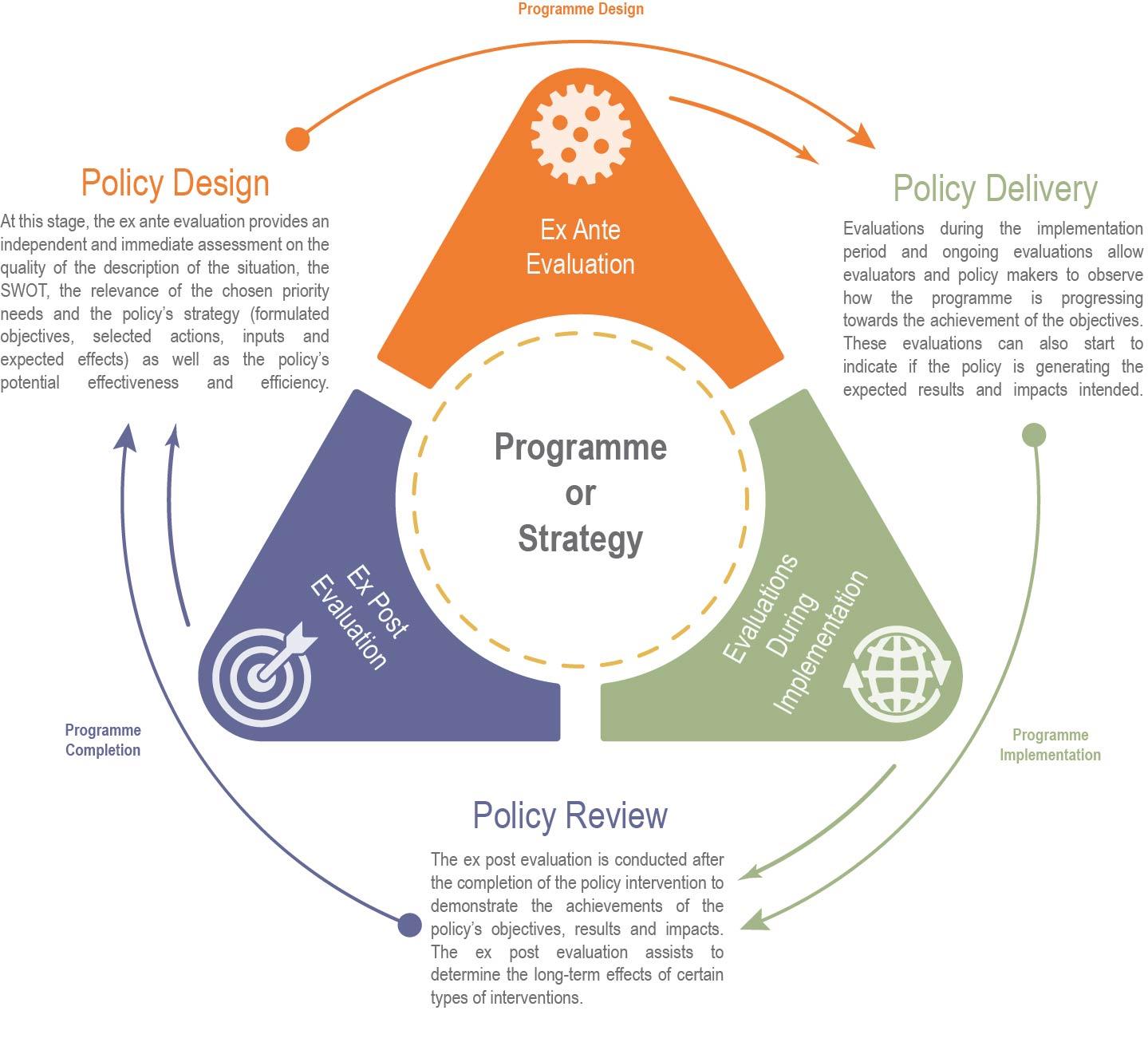In an era marked by the urgent need for sustainable development and climate resilience, the Asian Development Bank (ADB) has unveiled a transformative strategy aimed at propelling Turkmenistan towards a more competitive and environmentally conscious economy. This new initiative highlights the nation’s potential to harness its unique resources while addressing the challenges posed by climate change and economic volatility. As Turkmenistan seeks to diversify its economy and enhance its global competitiveness, the ADB’s comprehensive approach promises to provide not only financial support but also strategic guidance and technical expertise. By focusing on innovative solutions, infrastructure development, and sustainable practices, this partnership aims to foster a robust economic framework that aligns with global sustainability goals. This article delves into the key components of the ADB’s strategy, its anticipated impact on Turkmenistan’s economic landscape, and the broader implications for regional development in Central Asia.
ADBs Vision for Turkmenistans Economic Transformation
In alignment with its commitment to fostering economic development, the Asian Development Bank (ADB) is poised to play a crucial role in redefining Turkmenistan’s economic landscape. The new strategy focuses on several key areas to drive transformation, including:
Enhancing Infrastructure: Upgrading transport and energy systems to effectively connect markets and improve logistics.
Promoting Sustainable Practices: Supporting initiatives that prioritize environmental sustainability in sectors such as agriculture and energy.
Fostering Human Capital Development: Investing in education and training to equip the workforce for a competitive future.
This holistic approach is designed to maximize the potential of Turkmenistan’s abundant natural resources while ensuring that economic advancements are sustainable and inclusive. ADB emphasizes the importance of innovation and technology integration as catalysts for change, which include:
Initiative
Objective
Digital Economy Promotion
Enhance access to digital services and e-commerce platforms.
Renewable Energy Projects
Reduce dependence on fossil fuels and lower greenhouse gas emissions.
Key Areas of Focus in the Sustainability Strategy
The ADB’s sustainability strategy for Turkmenistan prioritizes key areas that are essential for fostering a climate-resilient economy. Fundamental aspects of this strategy include:
Renewable Energy Development: Focus on harnessing solar, wind, and hydro resources to reduce dependency on fossil fuels.
Water Resource Management: Implementing efficient irrigation systems and promoting water conservation strategies to tackle the challenges of water scarcity.
Waste Management and Circular Economy: Encouraging initiatives that minimize waste and promote recycling to foster sustainable urban environments.
Another crucial element of the strategy is enhancing economic resilience through sustainable agricultural practices and diversification of livelihoods. This will involve:
Training Programs for Farmers: Educating local farmers on sustainable farming techniques and climate-smart agriculture.
Investment in Infrastructure: Strengthening transport and digital infrastructure to support access to markets and efficient service delivery.
Public Awareness Campaigns: Raising awareness about environmental issues and the importance of sustainability at the community level.

Investment in Green Infrastructure and Technology
The recent strategy from ADB emphasizes the importance of redirecting investments towards green infrastructure and advanced technology that can mitigate climate risks while fostering economic development in Turkmenistan. This approach is aimed at building a sustainable framework that not only addresses environmental concerns but also enhances the nation’s competitive edge on a global scale. With targeted funding and innovative technological solutions, projects will focus on renewable energy, water conservation, and sustainable transportation systems. By integrating these elements into national development plans, the country can create resilience against climate change impacts and ensure a healthier environment for future generations.
Key investment areas outlined in the strategy include:
Renewable Energy Initiatives: Investments will focus on wind, solar, and hydroelectric projects to diversify energy sources.
Water Management Technologies: Implementing advanced systems for efficient water use and distribution, essential for agricultural productivity.
Smart Urban Planning: Development of eco-friendly urban infrastructure that promotes sustainable living conditions.
To facilitate these investments, the ADB proposes collaborative efforts with both local and international stakeholders, ensuring that the funding is maximized for impact. The expectation is to foster a significant shift towards a low-carbon economy, leading to enhanced social equity, economic stability, and environmental protection.
Investment Area
Description
Expected Benefit
Solar Energy Projects
Leveraging solar technology for energy production.
Reduced reliance on fossil fuels and lower energy costs.
Water Efficiency Programs
Implementing state-of-the-art irrigation solutions.
Increased agricultural yield and sustainability.
Public Transport Innovations
Developing electric and low-emission transport options.
Improved air quality and decreased urban congestion.

Capacity Building for Enhanced Climate Resilience
Building capacity at both institutional and community levels is crucial for fostering a culture of resilience against climate change in Turkmenistan. By investing in education and training, stakeholders can develop critical skills to enhance decision-making processes and implement robust climate adaptation strategies. Key areas of focus include:
Technical Training: Equipping civil servants and local leaders with the knowledge to integrate climate resilience into development plans.
Public Awareness Campaigns: Raising awareness among citizens about climate risks and the importance of sustainable practices in agriculture and infrastructure.
Collaborative Workshops: Facilitating platforms for dialogue among government, private sector, and non-governmental organizations to share best practices and innovative solutions.
To effectively implement these initiatives, it is essential to establish strategic partnerships with international organizations and educational institutions. By leveraging global best practices and resources, Turkmenistan can enhance its adaptive capacity and mitigate the impacts of climate change. The following table highlights potential partnership opportunities:
Organization
Focus Area
Potential Contribution
UNDP
Sustainable Development
Technical support and funding
World Bank
Infrastructure Development
Investment in climate-resilient infrastructure
Academic Institutions
Research and Innovation
Training programs and research initiatives

Fostering Public-Private Partnerships for Economic Competitiveness
The potential for economic growth in Turkmenistan significantly increases when public and private sectors collaborate effectively. By establishing synergies between government initiatives and private enterprise investments, Turkmenistan can harness a variety of resources and expertise. Such partnerships are crucial for improving infrastructure, enhancing service delivery, and driving innovation. Key areas where these collaborations can flourish include:
Renewable Energy Development: Facilitating investments to transition towards sustainable energy sources.
Agricultural Innovation: Unlocking advancements in agri-tech to boost productivity and food security.
Infrastructure Modernization: Upgrading transport and logistics to enhance connectivity and trade.
To actualize these opportunities, a robust framework must be established, prioritizing transparency and accountability. Public-private partnerships (PPP) can be formalized through carefully crafted regulations that promote fair competition and attract investment. Creating dialogue among stakeholders, including local communities, will also be essential to ensure that projects meet the needs and aspirations of the populace. Collaboration in areas such as education and skills development will prepare the workforce for the demands of a growing economy. Additionally, establishing a transparent mechanism for monitoring the performance of PPP projects will foster trust and encourage further investment. This multidimensional approach offers Turkmenistan a pathway towards a more resilient and competitive economy, ready to meet the challenges of the future.

Recommendations for Policy Implementation and Stakeholder Engagement
To effectively implement the new strategy aimed at enhancing Turkmenistan’s sustainability and climate resilience, it is essential to adopt a comprehensive approach that integrates various policy frameworks. Key recommendations include fostering inter-agency collaboration to streamline policy development and execution. Moreover, establishing a dedicated task force within the government can facilitate alignment of strategic objectives across sectors. Consideration should also be given to implementing regulatory measures that incentivize sustainable practices in industries such as agriculture, energy, and tourism. In addition, conducting regular assessments of environmental impact will ensure that policies are adaptable and focused on long-term resilience.
Engaging stakeholders from every level of society is crucial in this mission. Vital strategies for stakeholder engagement should include:
Organizing public consultations to gather local insights and concerns
Creating partnerships with civil society organizations to promote community-led initiatives
Incorporating feedback from the private sector to attract investment and innovation
Furthermore, a robust communication plan that utilizes digital platforms can help disseminate information, raise awareness, and foster a sense of ownership among citizens. Establishing a transparent monitoring and reporting system will also enhance accountability and encourage active participation in shaping a more sustainable future.
Future Outlook
the Asian Development Bank’s new strategy for Turkmenistan marks a significant step toward fostering a sustainable, climate-resilient, and competitive economy for the nation. By aligning development priorities with environmental stewardship and economic diversification, the ADB aims to empower Turkmenistan to navigate the pressing challenges of climate change and global market fluctuations. The strategy not only underscores the importance of innovative solutions and investment in green technologies but also emphasizes collaboration with government agencies and stakeholders to ensure comprehensive implementation. As Turkmenistan embarks on this transformative journey, the continued support from the ADB holds promise for a more sustainable future, paving the way for economic growth that benefits both the environment and the citizens of Turkmenistan. With this initiative, the nation stands poised to emerge as a leader in sustainable development in the region, setting a precedent for others to follow.
The post New ADB Strategy to Propel Turkmenistan Towards a More Sustainable, Climate-Resilient, and Competitive Economy – adb.org first appeared on Asia News.
Author : Jean-Pierre CHALLOT
Publish date : 2025-02-12 23:44:02
Copyright for syndicated content belongs to the linked Source.
